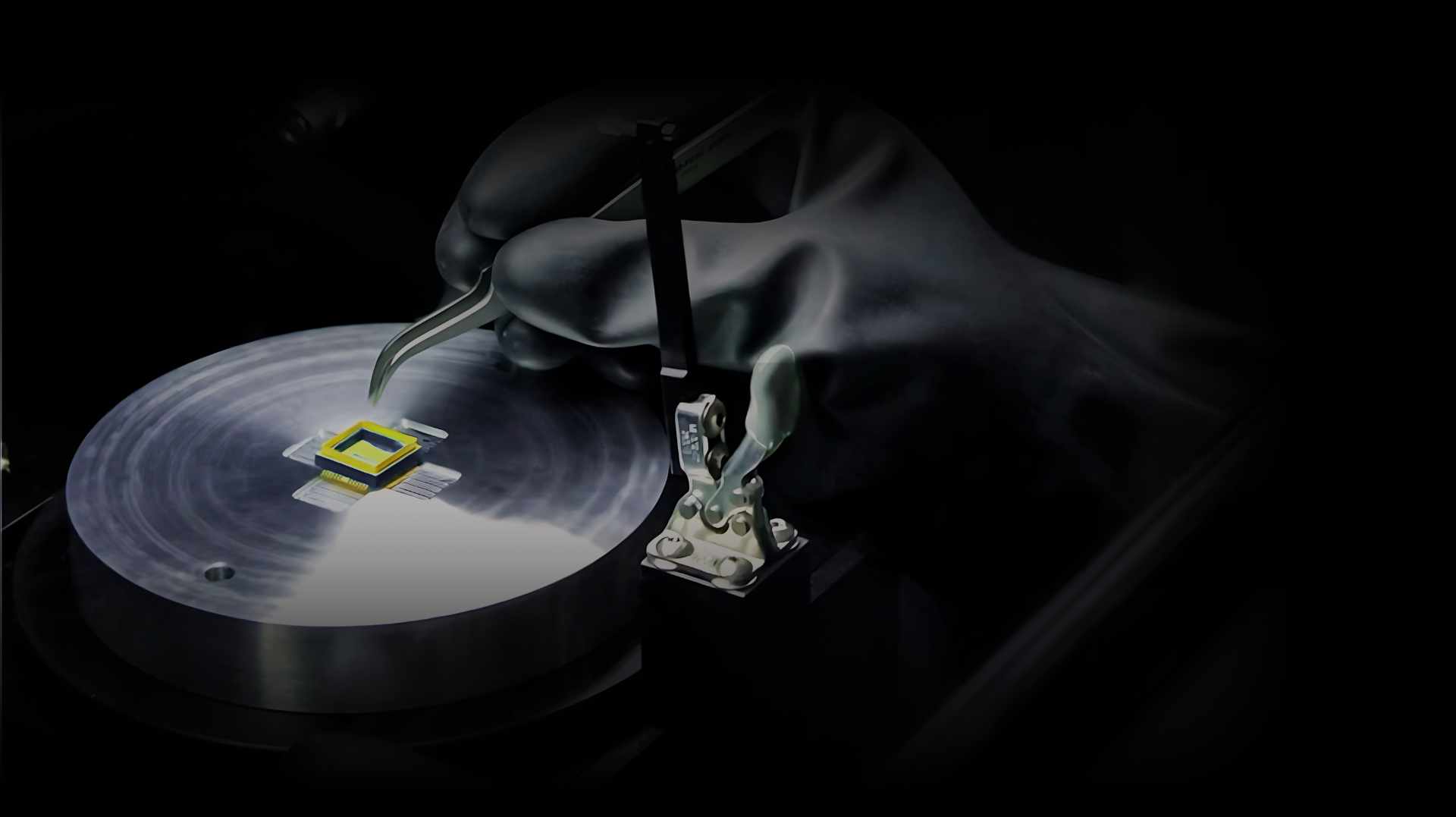Examples
Whispering Gallery Mode (WGM) Resonators
OEwaves has pioneered the technology of crystalline whispering gallery mode (WGM )optical micro-resonators, which are used in a variety of our products, including lasers. These mm-scale elements exhibit the highest quality factor (Q) and finesse, beyond what is possible with bulk or integrated optical resonators. Q’s in excess of 1011 and finesse in excess of 107 have been demonstrated. These components have linear and nonlinear properties allowing realization of classical and quantum photon sources with unprecedented performance.
OEwaves has developed a number of base components such as lasers, ultra-wide and narrowband photonic filters and sensors that can be assembled in a modular fashion to provide unmatched capabilities in photonics and microwave-photonic systems. OEwaves is developing these components for photonic integrated circuit (PIC) integration.
OEwaves has developed a number of base components such as lasers, ultra-wide and narrowband photonic filters and sensors that can be assembled in a modular fashion to provide unmatched capabilities in photonics and microwave-photonic systems. OEwaves is developing these components for photonic integrated circuit (PIC) integration.
Photonic Dual-Frequency Converter
High-frequency systems like communications and radar rely on low-frequency quartz oscillators for spectral purity, but reaching microwave to sub-mm ranges requires multiple frequency conversions that increase size, weight, power, cost, and phase noise (20 log N).
OEwaves addresses these challenges with a single-step dual conversion system based on proprietary photonics technology. In this approach, the signal is modulated on an optical carrier and mixed with an optical LO at a photodetector, up-converting the signal to a frequency equal to the difference of the two optical sources. This photonic system delivers exceptionally high spectral purity—exceeding electronics-based methods by 30 dB or more at mm- and sub-mm wave frequencies—while simplifying the architecture and significantly reducing size, weight, and power consumption.
OEwaves addresses these challenges with a single-step dual conversion system based on proprietary photonics technology. In this approach, the signal is modulated on an optical carrier and mixed with an optical LO at a photodetector, up-converting the signal to a frequency equal to the difference of the two optical sources. This photonic system delivers exceptionally high spectral purity—exceeding electronics-based methods by 30 dB or more at mm- and sub-mm wave frequencies—while simplifying the architecture and significantly reducing size, weight, and power consumption.
Photonic Receiver Front-End & Photonic Channelizer
The next step in enhancing the functionality of OEwaves’ photonic up/down conversion system is the integration of a full photonic receiver with channelizer capabilities. In this architecture, optical filtering is added to isolate a specific frequency channel from a wideband signal, which is then passed directly to backend digital processing. OEwaves has developed proprietary optical filters that enable dynamic selection of channel widths, making the system highly adaptable to different application needs.
This capability, combined with the wide bandwidth and frequency agility of OEwaves’ photonic dual converter, enables precise channel selection and signal isolation with minimal noise and distortion. The result is a high-performance channelizer architecture that far exceeds the limitations of conventional electronic approaches. Due to its tunability, spectral precision, and efficient integration, this solution is especially well-suited for software-defined radios and next-generation communication systems.
This capability, combined with the wide bandwidth and frequency agility of OEwaves’ photonic dual converter, enables precise channel selection and signal isolation with minimal noise and distortion. The result is a high-performance channelizer architecture that far exceeds the limitations of conventional electronic approaches. Due to its tunability, spectral precision, and efficient integration, this solution is especially well-suited for software-defined radios and next-generation communication systems.

%20(1).png)















